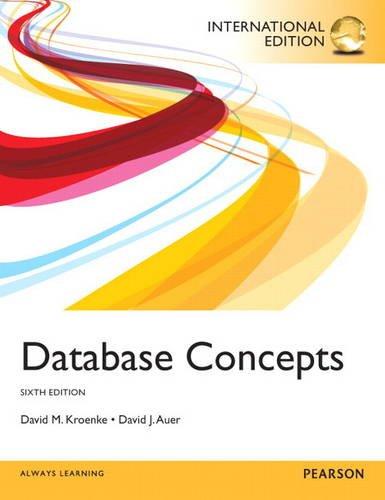#include using namespace std; // // This program declares a class for a circle that will have // member functions that set the center, find the area, find // the circumference and display these attributes. // The program as written does not allow the user to input data, but // rather has the radii and center coordinates of the circles // (spheres in the program) initialized at definition or set by a function. //class declaration section (header file) class Circles { public: void setCenter(int x, int y); double findArea(); double findCircumference(); void printCircleStats(); // This outputs the radius and center of the circle. Circles (float r); // Constructor Circles(); // Default constructor private: float radius; int center_x; int center_y; }; const double PI = 3.14; //Client section int main() { Circles sphere(8); sphere.setCenter(9,10); sphere.printCircleStats(); cout << "The area of the circle is " << sphere.findArea() << endl; cout << "The circumference of the circle is " << sphere.findCircumference() << endl; return 0; } // continues //Implementation section Member function implementation Circles::Circles() { radius = 1; } // Fill in the code to implement the non-default constructor // Fill in the code to implement the findArea member function // Fill in the code to implement the findCircumference member function void Circles::printCircleStats() // This procedure prints out the radius and center coordinates of the circle // object that calls it. { cout << "The radius of the circle is " << radius << endl; cout << "The center of the circle is (" << center_x << "'" << center_y << ")" << endl; } void Circles::setCenter(int x, int y) // This procedure will take the coordinates of the center of the circle from // the user and place them in the appropriate member data. { center_x = x; center_y = y; } Exercise 1: Alter the code so that setting the center of the circle is also done during the object definition. This means that the constructors will also take care of this initialization. Make the default center at point (0, 0) and keep the default radius as 1. Have sphere defined with initial values of 8 for the radius and (9, 10) for the center. How does this affect existing functions and code in the main function? The following output should be produced: The radius of the circle is 8 The center of the circle is (9, 10) The area of the circle is 200.96 The circumference of the circle if 50.24 Exercise 2: There can be several constructors as long as they differ in number of parameters or data type. Alter the program so that the user can enter either just the radius, the radius and the center, or nothing at the time the object is defined. Whatever the user does NOT include (radius or center) must be initialized somewhere. There is no setRadius function and there will no longer be a setCenter function. You can continue to assume that the default radius is 1 and the default center is (0, 0). Alter the client portion (main) of the program by defining an object sphere1, giving just the radius of 2 and the default center, and sphere2 by giving neither the radius nor the center (it uses all the default values). Be sure to print out the vital statistics for these new objects (area and circumference). In addition to the output in Exercise 1, the following output should be included: The radius of the circle is 2 The center of the circle is (0, 0) The area of the circle is 12.56 The circumference of the circle is 12.56 The radius of the circle is 1 The center of the circle is (0, 0) The area of the circle is 3.14 The circumference of the circle is 6.28 Exercise 3: Alter the program you generated in Exercise 2 so that the user will be allowed to enter either nothing, just the radius, just the center, or both the center and radius at the time the object is defined. Add to the client portion of the code an object called sphere3 that, when defined, will have the center at (15, 16) and the default radius. Be sure to print out this new objects vital statistics (area and circumference). In addition to the output in Exercise 1 and 2, the following output should be printed: The radius of the circle is 1 The center of the circle is (15, 16) The area of the circle is 3.14 The circumference of the circle is 6.28 Exercise 4: Add a destructor to the code. It should print the message This concludes the Circles class for each object that is destroyed. How many times is this printed. Why?






